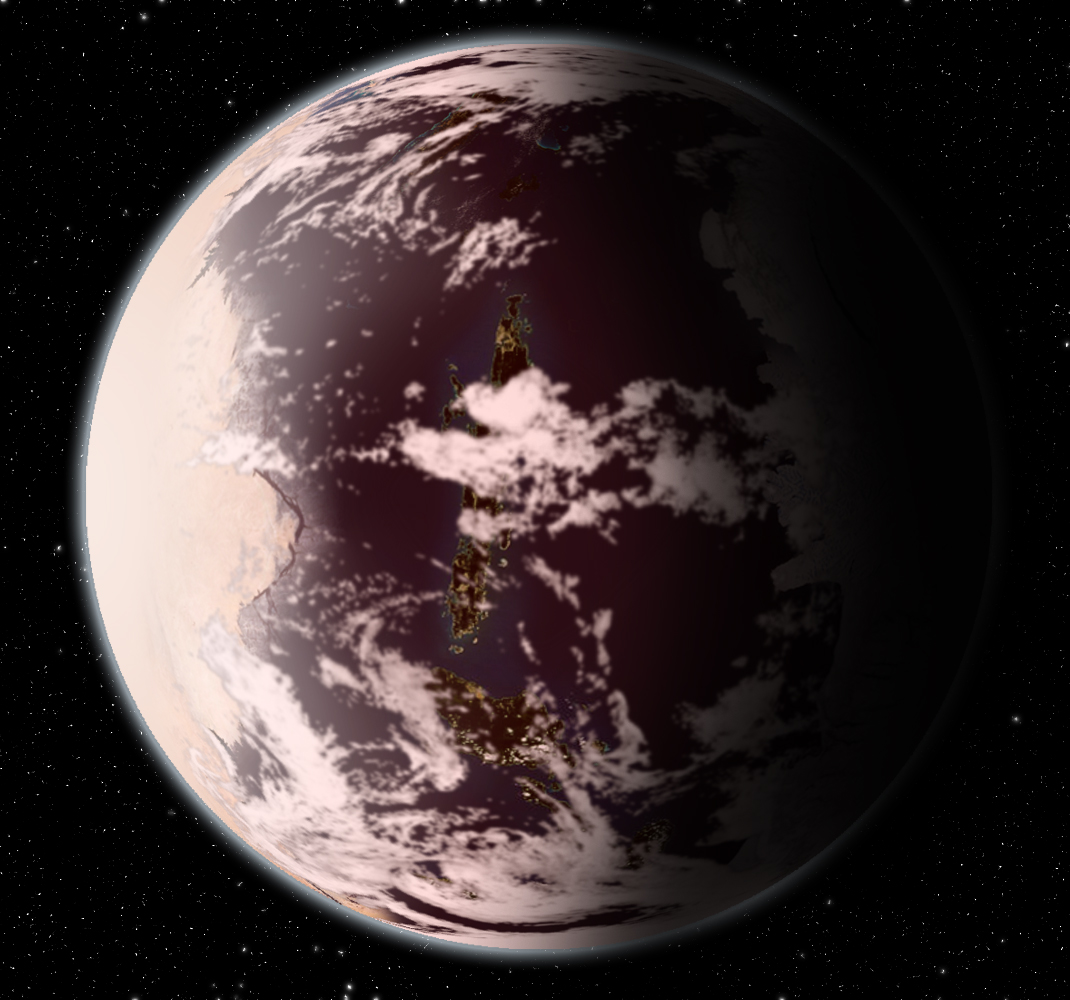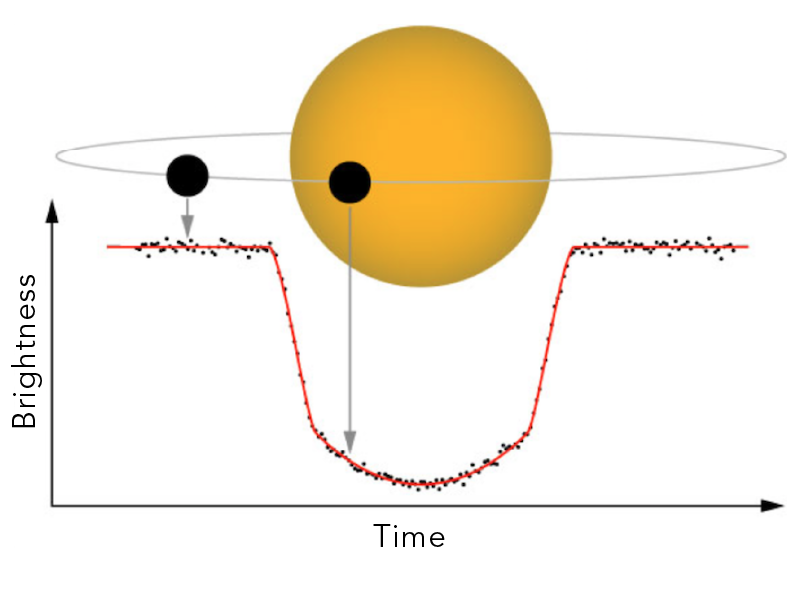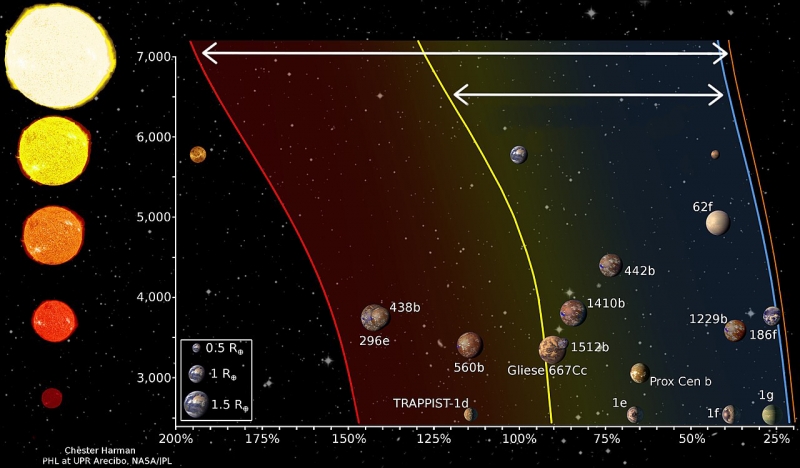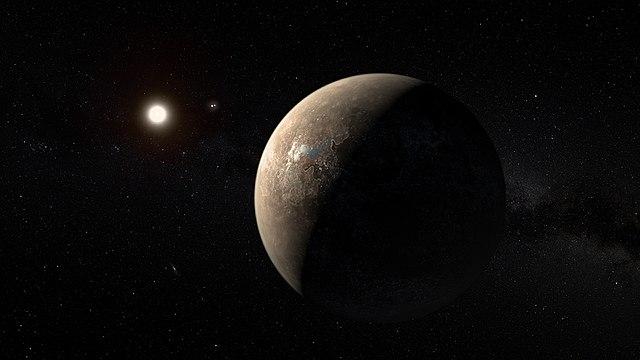Searching for exoplanets around the star next door

An artist’s impression of a habitable exoplanet orbiting a red dwarf star (Ph03nix1986, Wikimedia Commons)

An artist’s impression of a habitable exoplanet orbiting a red dwarf star (Ph03nix1986, Wikimedia Commons)
7.93
How does this align with my curriculum?
Curriculum Alignment
BC
11
Earth Sciences 11 (June 2018
Big Idea: Astronomy seeks to explain the origin and interactions of Earth and its solar system.
YT
11
Earth Sciences 11 (British Columbia, June 2018
Big Idea: Astronomy seeks to explain the origin and interactions of Earth and its solar system.
BC
10
Science Grade 10 (March 2018)
Big Idea: The formation of the universe can be explained by the big bang theory.
YT
10
Science Grade 10 (British Columbia, June 2016)
Big Idea: The formation of the universe can be explained by the big bang theory.
AB
6
Science 6 (2023)
Space: Understandings of the living world, Earth, and space are deepened by investigating natural systems and their interactions.


